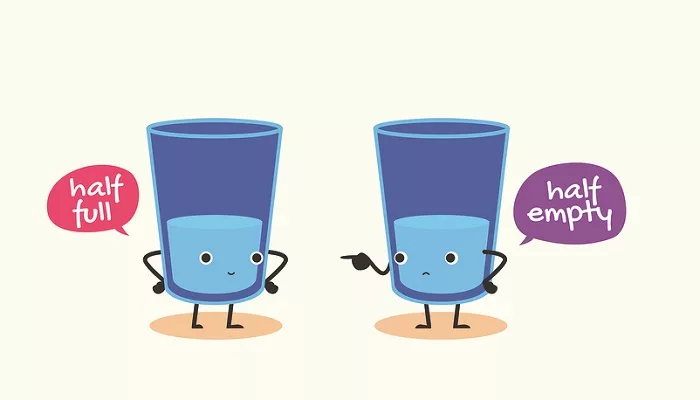My cousin lives in Dixon New Mexico, just outside Taos. We love to go visit her and her husband, soak in the New Mexico sun, take Ollie on hikes, and spend quality time with family.
In early February 2021, we parked our bus in their driveway and stayed for two weeks. We worked and slept in our bus and showered and cooked in their house.
Liz, a generous and thoughtful host, left a towel in the bathroom for me to use. Great. I hopped in the shower, got out, spotted a towel tucked in the corner, and dried off with this wonderful, fluffy towel.
I hung it up and went on with my day.
Later that day, Liz told me later I had used HER towel. It was her special, fancy one, and I was supposed to use the other towel set out. The one in the obvious spot that I had missed.
I felt a little embarrassed about my mistake, but she lovingly chastised me and we laughed.
The next day, I go to take a shower, and remembering my lesson, drill into my head “don’t use Liz’s fancy towel.”
Luckily, there was another towel sitting out. So when I hop out of the shower I pick up the other towel, dry off, and continue on.
Later in the day, I walk into the living room where Liz is sitting. She looks at me and says, “Maryrose, you used my towel AGAIN.”
I sputter and say, “no, no, I used the OTHER towel. Not the one I used yesterday and wasn’t supposed to…”
Ahh. It dawns on me.
Once I had used Liz’s special towel, it was dirty and at that point considered “my” towel. Liz had set the other towel out for herself.
I’m exceedingly embarrassed, and we all get a good laugh out of it.
Now, why did I make this mistake? I’ve never in my life prior to this incident used a fresh towel every time I showered. (I do however land on the side of the washing in the “do towels ever get dirty” debate.)
But to me, Liz’s message was clear: Don’t use that towel. That’s what I remembered from our conversation. When it came time for me to act, all my brain told me was “not that towel.” So I used the other towel.
***
This phenomenon is true when dealing with higher-stakes messages as well. It’s why we always tell clients to frame their ideas in the positive. And to give more air time to their good idea than to their opponent’s bad idea.
- Instead of: “Don’t use plastic bags.” Frame it: “always remember your reusable bag when you go to the store.”
- Instead of: “Coal-powered energy grids are bad for the environment and killing millions a year.” Frame it: “Nuclear and geothermal energy are the best path to a zero-carbon energy future.”
- Instead of: “Words are not violence.” Frame it: “Free speech is necessary for the best ideas to win the day.”
- Instead of: “Public schools fail the most vulnerable students.” Frame it: “The ability for parents and students to choose the school that best fits their needs increases opportunity for vulnerable students.”
Of course, we don’t share these messages in a vacuum. Like Liz, we often have to refute something someone else said. Whether a policy proposal or a meme that’s gone viral.
It’s okay to say: “We shouldn’t outlaw gas stoves.” But make sure to transition to your positive message: “Families should be able to make their own choices when it comes to household appliances.”
Liz could have said: “Maryrose, don’t use my towel. Use your own towel.”
***
How can you do this?
- Ask yourself: what is the thing that I do want? What is the principle driving your idea? What do you want people to do?
This is your good idea.
- Craft a proverb that shares your good idea in clear, simple, and memorable terms.
This will help people remember your good idea, rather than just getting the bad idea stuck in their heads.
- Set the terms of debate by focusing on your proverb.
Don’t rage about why the bad idea is bad. Share why your good idea is good. And how others can help.
- Identify and share stories that bring your good idea to life.
Humans remember stories better than facts or logic. They make your good idea concrete and compelling.
***
Consistently using positive framing is challenging. Especially, when it feels like bad ideas are everywhere.
It can be easy – and more rewarding to your lizard brain – to mercilessly shoot down bad ideas.
But arguing against bad ideas doesn’t do anything for your good idea.
In order for your good idea to gain any ground, you have to talk about it. You have to tell people what they CAN do (not just what they shouldn’t do). And you have to do it in a way that’s concrete and compelling.




